Nawroz Celebration By AKAR [Photo Essay]
IRAQ/KURDISTAN — I still remember when we were refugees in Iran, there was a cultural event they called it Nawroz or the Nawroz celebration. On the evening of March 21st, people gathered, coming from miles away from the camps, collected wood and started a huge fire. My father wore a brown cloth and took me and my brother to the gathering and the huge fire. I had not yet realized what was going on because I was only 8 years old, and my parents had not told me anything about Nawroz yet. One of them was singing a Kurdish song and the others were clapping and dancing around the fire with Kurdish traditional clothes.
Nawroz is the Kurdish name of the New Year for the Kurdish people. It literally means “New Day.” It is also known as the first day of spring season, where life and energy are revived after a hard winter. Also, it marks a day of victory for the people against the tyrannical regime.
Nawroz has its own myth in the Kurdish history. The story of Nawroz goes back to a thousand years ago. According to mythology, Zuhak, who is also known as evil, controlled and ruled the Kurdish territories and the neighboring regions by having enslaved the Kurdish people. As the folk story tells, Zuhak suffered from a rare disease. He raised two large snakes on his shoulders. The snakes terrified Zuhak and were swallowing his brain. Zuhak fed his snakes with the brains of two children every day, a girl and a boy. Afterward, there was an awful period where kids were killed for their brain to feed the snakes.
During this period, many children lost their lives, including seven children of the blacksmith Kawa. Finally, Kurdish people, with the lead of the blacksmith Kawa, started a revolution against Zuhak. Kawa then led the uprising against Zuhak and on the 21st of March in the year 700B.C, besieged Zuhak’s building and Kawa defeated the castle’s defenders with his hammer. Consequently, he had killed the two snakes and autocrat Zuhak. After that, Kawa dragged out Zuhak from the building to show the people that the tyrant could no longer persecute them. He also clarified how they were free now. In celebration of the successful revolution, there was a lit bonfire on hills and mountains around the country to announce the death of Zuhak and the new freedom.
Besides that, there are other myths about Nawroz; some say that the origin of Nawroz goes back to the Persian fire worshipers (Zoroastrianism), in which they started an open fire, and would dance and sing around it as a kind of their worship of fire. According to them, this practice came to us. Or some others believe that it is just the sign for the new season (spring), and people celebrate Nawroz because the snow and winter will end and the weather will start to warm up. People don’t have to stay at home anymore, and they start the fire on the hills and mountains to show that the snow is going to melt.
Every year, on March 21st, Nawroz is celebrated with dances during fire parties. The visiting families and friends who eat with each other are a vital part of the celebration. Kurds as well as other people, such as Persian, Turkish, Syrian, Balochistan, Azeri, and Afghani people everywhere celebrate this national Eid.
Today, Nawroz has come to mean more than just conflict, defiance, and democracy for Kurds. Nawroz is not only a sign of defeating tyrants and liberation, but it also means friendship, alliance, cooperation, love, and revival.


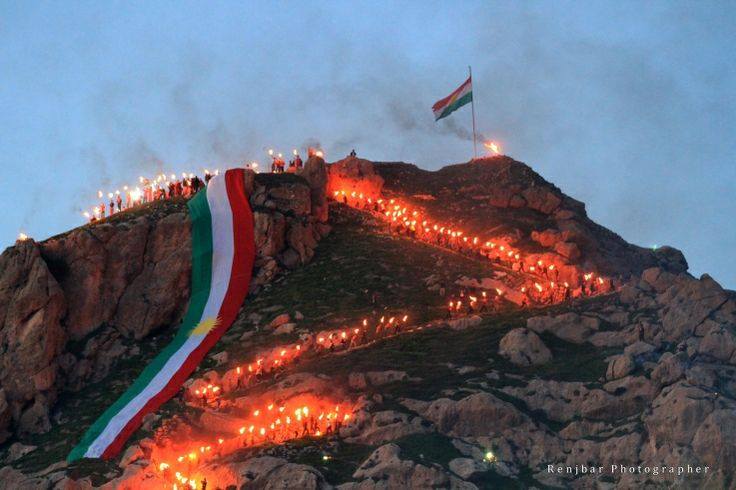
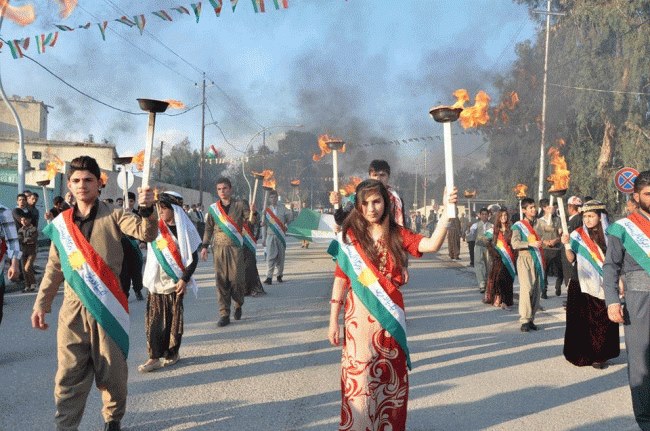
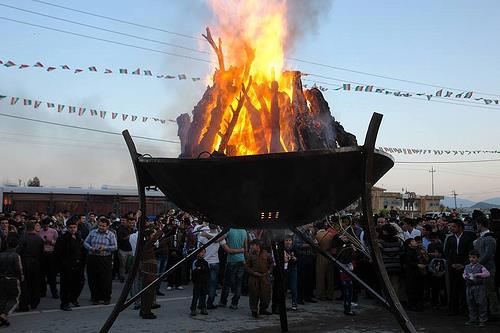
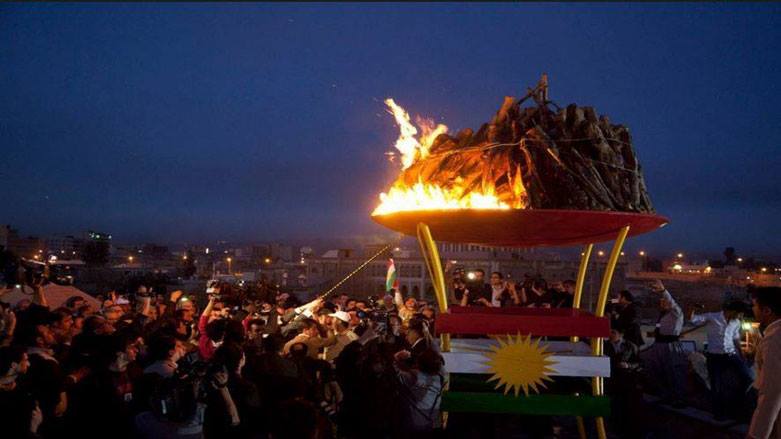
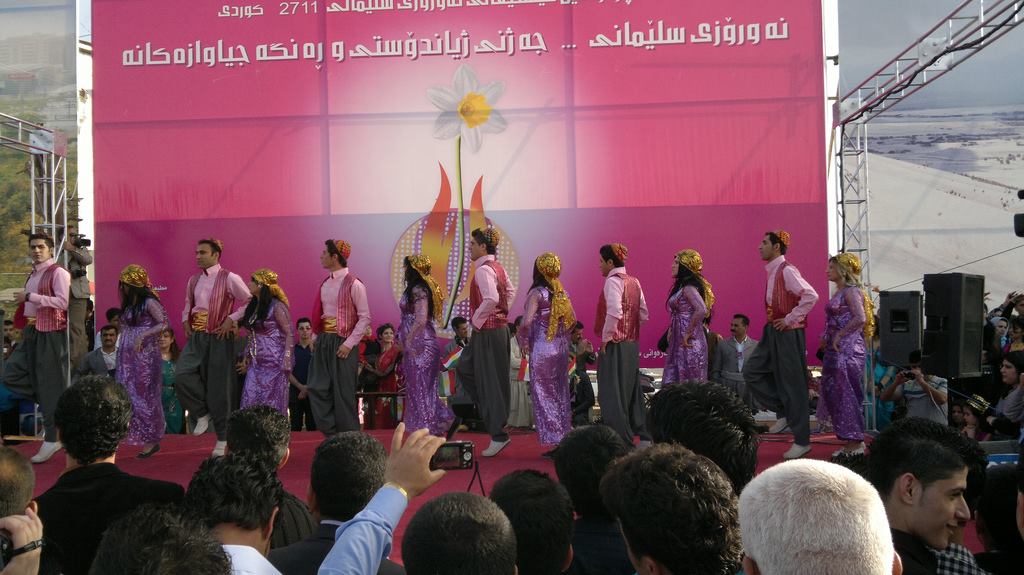


Leave a Comment
Want to join the discussion? Feel free to contribute!